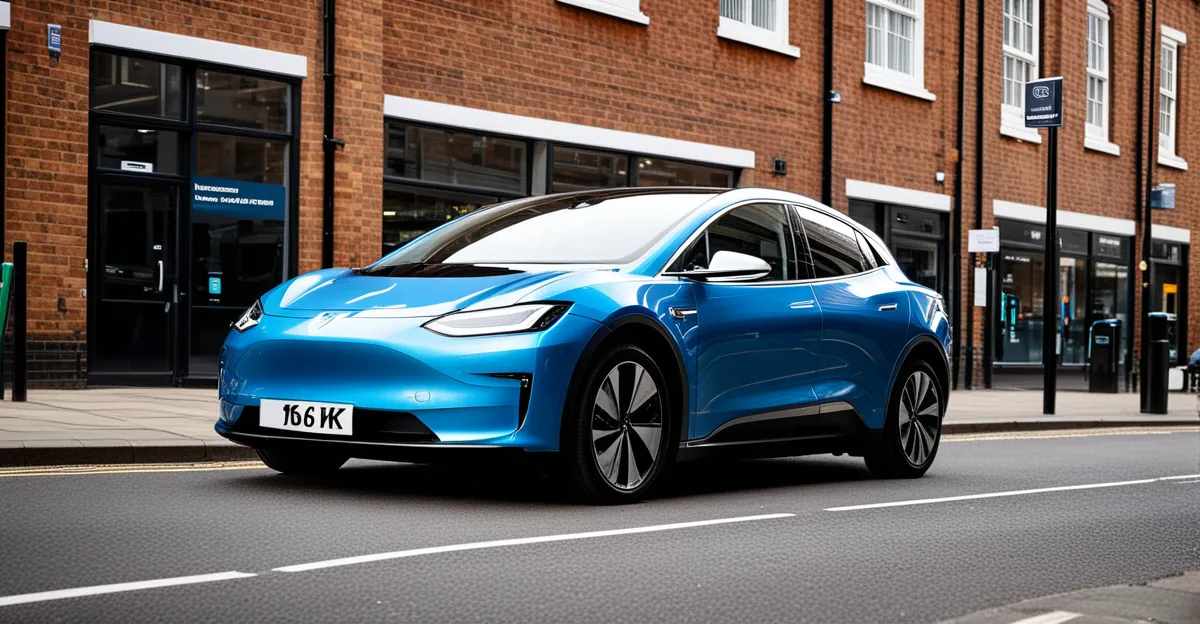Transforming Urban Transport Patterns with Electric Vehicles
Electric vehicle adoption in the UK is rapidly reshaping urban mobility by altering how people and goods move within cities. As EV penetration increases, traditional transport patterns in the UK are undergoing a significant transformation that emphasizes sustainability and efficiency. This shift is not merely about replacing petrol or diesel cars; it’s about redefining urban transport dynamics to better align with environmental and economic goals.
The increased presence of electric vehicles influences traffic flows and modal choices, encouraging more integrated, flexible movement across urban areas. For example, delivery fleets switching to EVs reduce noise and emissions, enabling shifts in logistics timing and routes around congested centers. Additionally, the rise in personal EV ownership promotes new commuting behaviors as drivers experience lower operating costs and easier access to low-emission zones.
Also read : How Are Emerging Technologies Shaping the Future of UK Automotive Innovation?
In essence, electric vehicles act as catalysts for evolving transport patterns across the UK by fostering more sustainable, health-conscious urban environments. This transformation supports a reduction in urban congestion and greenhouse gases, pushing cities closer to their climate targets while changing how residents interact with their surroundings daily. The continued growth in EV adoption promises to accelerate this urban mobility transformation, making electric vehicles a core element in the future of UK transport systems.
Upgrading Urban Infrastructure for Electric Vehicles
The growth in electric vehicle adoption UK hinges on developing a robust EV charging infrastructure UK. Cities are upgrading existing networks and installing new charging stations to meet rising demand. This infrastructure expansion is critical to support increasing EV penetration and reliability in urban areas. Without accessible, fast, and well-distributed charging points, widespread EV uptake faces significant barriers, particularly in densely populated neighbourhoods.
In parallel : How Does Brexit Impact the UK’s Automotive Industry?
Urban planners are now integrating charging facilities into broader urban planning efforts, ensuring they fit seamlessly with cityscapes and residential zones. This approach involves placing chargers at strategic locations such as parking lots, shopping centres, and workplaces, enabling convenient access for daily users. The integration also considers technological updates, like smart charging systems that optimize electricity use during peak and off-peak hours.
Both government bodies and private sectors collaborate intensively to accelerate infrastructure development. Public funding and private investments converge to expand and modernize charging networks, aiming to support growing urban mobility needs. This cooperation ensures the sustainability and scalability necessary for long-term urban mobility transformation driven by EV penetration. Consequently, infrastructure upgrades empower more efficient transport patterns UK-wide, facilitating smoother transitions to electric-powered travel.
